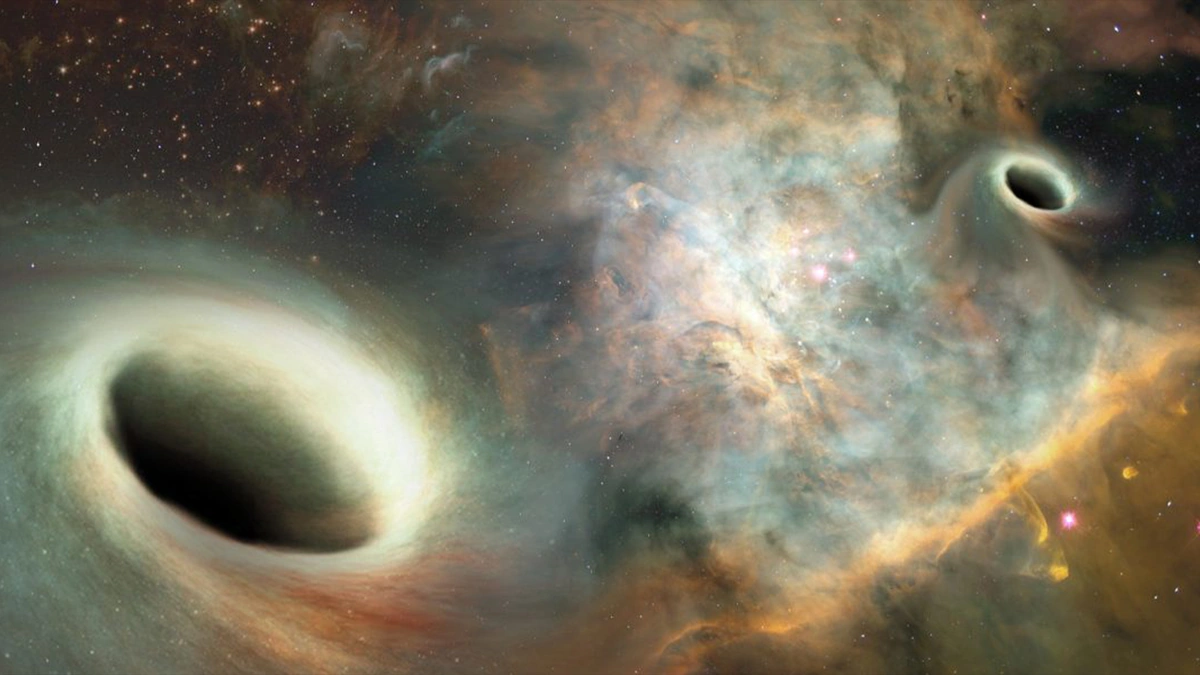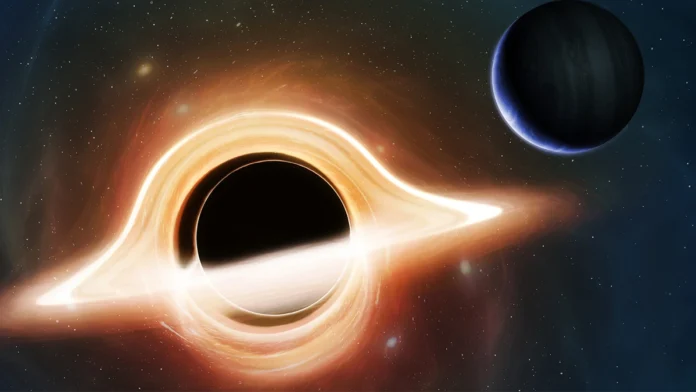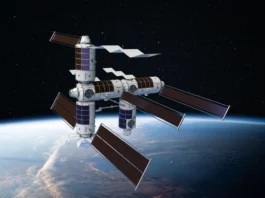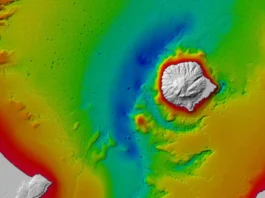Okay, space nerds and casual stargazers, buckle up! We’ve all seen those artist renderings of black holes, those swirling vortexes of doom and mystery. But what if I told you scientists just captured something even wilder? Something that sounds straight out of a sci-fi movie? They’ve imaged black holes orbiting each other.
Yep, you read that right. Not one, but two black holes, locked in a cosmic dance. It’s the first image of its kind, and honestly, my brain is still trying to catch up. But why should you care? Let’s dive into the “why” angle here – because it’s not just a cool picture. This image is going to rewrite textbooks and change how we understand the universe.
Why This Image Matters (and Why You Should Be Excited)

So, you’re probably thinking, “Okay, cool picture. But I’ve got bills to pay.” Here’s the thing: understanding binary black hole systems unlocks some seriously fundamental secrets about the universe. Think about it – black holes are the ultimate cosmic extremes. They warp space and time in ways we can barely comprehend. Now, imagine two of them swirling around each other. Crazy, right?
Studying this image – and images like it in the future – allows us to test Einstein’s theory of general relativity in the most extreme conditions imaginable. General relativity has passed every test we’ve thrown at it so far, but what happens when gravity gets really strong? This is where these orbiting behemoths come in. If Einstein was wrong (or even slightly off), we’d see it here first. It could force us to rethink everything we know about gravity, space, and time. The observation of gravitational waves has further fueled this research.
But that’s not all. The mergers of these supermassive black holes are thought to be key drivers of galaxy evolution. These mergers release colossal amounts of energy, shaping the galaxies they inhabit. The more we understand about these black hole mergers , the better we understand how galaxies form and change over billions of years.
The Technical Stuff (Without the Headache)
Alright, I know technical details can be a snooze-fest, but trust me, a little bit of background will make this even more impressive. Imaging something like this isn’t like snapping a picture with your phone. We’re talking about objects that are not only incredibly far away, but also – by their very nature – don’t emit light. That’s where clever techniques come in.
Scientists likely used a technique called radio interferometry. This involves combining data from multiple radio telescopes spread across the globe to create a virtual telescope the size of the Earth. This giant telescope can then detect the faint radio waves emitted by the matter swirling around the black holes. Think of it like creating a super-powered magnifying glass to see the invisible.
And here’s where things get really interesting. As the black holes orbit each other, they create ripples in space-time itself – gravitational waves. These waves are like the sound of the cosmos, and we can detect them using instruments like LIGO and Virgo. By combining the information from these gravitational wave detectors with the images from radio telescopes, we get a much more complete picture of what’s going on. It’s like having both eyes and ears to explore the universe.
What’s Next? (The Future is Bright…and Dark)
This first image is just the beginning. As our telescopes become more powerful and our techniques become more refined, we’ll be able to see even more details about these black holes in orbit . We’ll learn about their masses, their spins, and the way they interact with each other.
But here’s the really exciting part: we’ll also be able to test some of the most fundamental predictions of general relativity with unprecedented precision. We might even find hints of new physics beyond Einstein’s theory. Who knows, maybe we’ll discover that black holes aren’t quite what we thought they were. I initially thought this was straightforward, but then I realized the implications are far more profound.
And, looking forward, projects are already underway to build even larger and more sensitive radio telescopes. These next-generation instruments will allow us to peer even deeper into the universe and study black hole mergers in greater detail. We might even be able to witness the birth of a black hole in real time. Such discoverieswould revolutionize our understanding of the cosmos. But, remember, it’s a journey, and this image is a giant leap forward.
The Indian Connection (Cosmic Research in Our Backyard)
Now, you might be wondering, “What does this have to do with India?” Well, India is playing an increasingly important role in the global effort to understand the universe. Indian scientists are involved in many of the major astronomical projects around the world, including the search for black hole interactions and the detection of gravitational waves.
India is also home to its own network of telescopes, including the Giant Metrewave Radio Telescope (GMRT), which is one of the most powerful radio telescopes in the world. The GMRT is used to study a wide range of astronomical objects, including black holes, galaxies, and the cosmic microwave background. According to the latest updates from the IUCAA website , Indian researchers are at the forefront of developing new techniques for imaging and studying black holes.
As India continues to invest in science and technology, it will play an even greater role in unraveling the mysteries of the universe. And who knows, maybe the next big breakthrough in black hole research will come from an Indian scientist. Let’s be honest, the possibilities are endless.
FAQ About Black Holes Orbiting
What exactly is a black hole, anyway?
A black hole is a region of spacetime with such strong gravity that nothing, not even light, can escape from it.
How do black holes end up orbiting each other?
Usually, it happens when two galaxies merge. Each galaxy has a supermassive black hole at its center, and those black holes eventually spiral in towards each other.
Can these orbiting black holes collide?
Yes, eventually. And when they do, it’s a cataclysmic event that sends ripples through spacetime – gravitational waves!
Why can’t we just see black holes directly?
Because light can’t escape them! We detect them by observing their effects on the matter around them or by detecting the gravitational waves they produce.
What’s the difference between stellar black holes and supermassive black holes?
Stellar black holes are formed from the collapse of massive stars, while supermassive black holes reside at the centers of galaxies and can be millions or even billions of times more massive than the Sun.
So, there you have it. The first-ever image of two black holes orbiting each other. It’s a testament to human ingenuity, a glimpse into the most extreme corners of the universe, and a reminder that there’s still so much we don’t know. But, trust me, the search for knowledge is what makes life truly amazing. Keep looking up!




